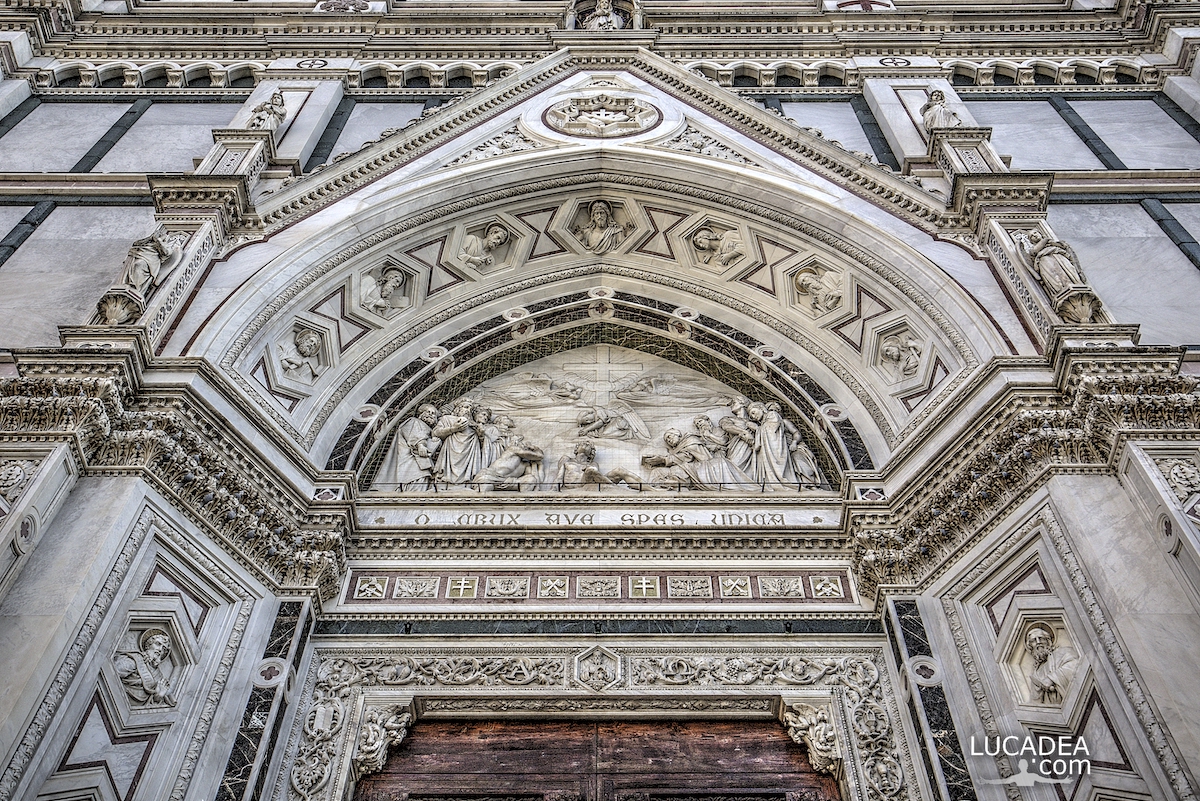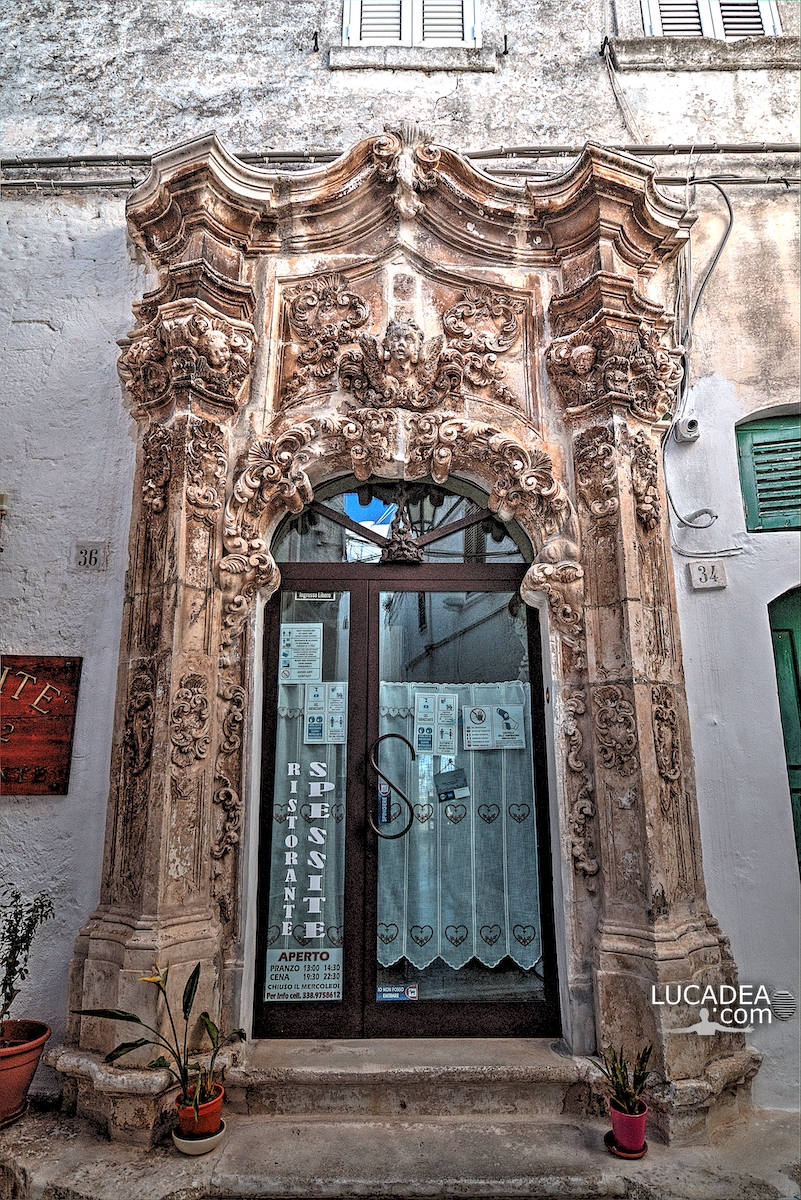The Danube statue in the Fountain of the Four Rivers in Rome.
The Fountain of the Four Rivers (or simply the Fountain of the Rivers) is one of the most famous monuments in Rome. Probably after the Trevi Fountain it is the most photographed.
In addition to the central obelisk, it is famous for the four statues representing the four rivers of the continents (known at the time): the Rio de la Plata, the Ganges, the Nile and the Danube.
In this post the photo is of the Danube, the longest river in Europe.
Do you know Rome and its monuments? Add your own comment or go to the bottom of the site to read what other visitors have written.
Photo taken with Canon EOS RP and lens Canon RF 24-50.
Click here to see all the photos of Rome:

Here's where the fountain is located:
Bernini’s giants move in gestures full of life and with an irrepressible expressive exuberance. The Danube indicates one of the two coats of arms of the Pamphili present on the monument as if to represent the religious authority of the pontiff over the entire world.
Continue and learn more on Wikipedia















